Description
What is Folate?
Folate is the natural form of vitamin B9; a water-soluble vitamin that is naturally found in many foods, including dark green leafy vegetables, nuts and legumes. Folate plays a direct role in the production all DNA in our body. However, like many essential nutrients, humans cannot produce folate, meaning we must get it from our diet. It is also added to foods and sold as a supplement – often in the form of folic acid, which is a synthetic form of the vitamin that is the inactive precursor to biologically active folate. Both the European Food Safety Authority (EFSA) and the U.S. Food and Drug Administration (FDA) have set recommendations for folate intake to maintain health at every stage of life.
Are Folate, Folic acid, and 5-MTHF the same?
While sometimes used interchangeably, folic acid and active folate are not the same. To become biologically active, folic acid needs to go through several transformation steps in the body. This multi-step process converts biologically inactive folic acid into the biologically active form of folate that our bodies use, called 5-methyltetrahydrofolate (5-MTHF).
Each step of this process is controlled by a different and specific enzyme. Some people, however, have a specific genetic trait (known as MTHFR polymorphism) which means they cannot produce enough of the MTHFR enzyme – which is the important final step in the conversion process. People with MTHFR polymorphism therefore have a lower ability to convert inactive forms of folate and folic acid into the biologically active 5-MTHF form. Because of this polymorphism, there is also a big variation in how efficiently folic acid is converted to the bioactive form in different people, meaning that even people who take high doses of folic acid can be deficient in folate.
What’s more, because the folic acid they are taking is not being converted, people with these genetic polymorphisms may also be at risk from a condition known as Unmetabolized Folic Acid (UMFA) syndrome – which has potentially serious consequences and might be potentially linked to immune dysfunction and increased cancer risk. Taking a source of active 5-MTHF folate, like Folbox®, rather than the synthetic form in folic acid means that these conversion steps are not needed, and all of the folate you take is bioavailable for use.
Is Food folate enough for the body?
However, the folate content in food is unstable and can break down or oxidise during storage and cooking of foods. This means that the levels of folate in foods can drop significantly before we get a chance to eat them! Furthermore, the form folate in food is in a structure known as its polyglutamate form, which means that like folic acid from supplements, it is less soluble, less bioactive, and must still be converted to the active 5-MTHF form in the body. Both food folate and folic acid need to be converted to active 5-MTHF by the MTHFR enzyme, albeit in slightly different ways. which itself is less bioavailable than the active form of folate 5-MTHF.
For food folates, the initial conversion happens in our small intestines, where an enzyme called glutamate carboxypeptidase II (GCPII) breaks down the links between folate and glutamate so that we can absorb the form of folate known as tetrahydrofolate (THF). While folic acid does not need to be converted in the intestines in order to be absorbed, it does need to go through multiple transformation steps, including a step to turn it from dihydrofolate (DHF) into THF. While it is technically possible for us to get enough folate from food sources, the fact that food folates degrade quickly before consumption, and have to be converted in our intestines, means that many people simply do not get enough through diet alone.
As such, choosing the supplements that contain biologically active 5-MTHF, like Folbox®, can be a great advantage. As the next-generation solution that bypasses the need for the bioconversion of folic acid in the body, 5-MTHF functions as a nutrient in all applications where folic acid and active folate supplementation are recommended.
Folbox® , 4th Generation of Folates
Folbox® is the glucosamine salt of (6S)-5-methyltetrahydrofolate (5-MTHF) and is structurally identical to the reduced and active form of folate found in our bodies. Folbox® is the fourth-generation folate, providing higher stability, better water solubility, and flexibility for multiple ingredient formulations compared to a third-generation 5-MTHF calcium salt.
Folbox® has been accepted for use as an alternative to folic acid for dietary supplementation, according to the NDI (New Dietary Ingredient) notification submitted to FDA. The intended uses of Folbox® and use levels will be same as that of folic acid, expressed on the basis of the « Recommended Dietary Allowances for Folate for Children and Adults ». The human body is composed of more than 65% of water and any active ingredient, to be adsorbed, must be present in the form of solution at the site of absorption. High water solubility of Folbox®, 100 times more than the calcium salt derivative, is extremely important because the product may be better absorbed by mucosal cells which may facilitate access to the blood and circulation with the potential for improved bioavailability. Folbox® is successfully used in tablet form. Tablets, the most popular and lowest-cost type of dosage, require time to be broken down but the high solubility of folbox® in water guarantees its right release and absorption even when added to tablets able to bypass the stomach, releasing it in the intestines where absorption also takes place.


Specifications
| Package type | PET Bottle |
| Number in package | 30 |
| Health Code | 15392006982938240583 |
| Gender of consumption | Female |
| Category | Tablet |
| Manufacturer Company | Daroo Salamat Pharmed |
| Manufacturer Country | Iran |
Comments

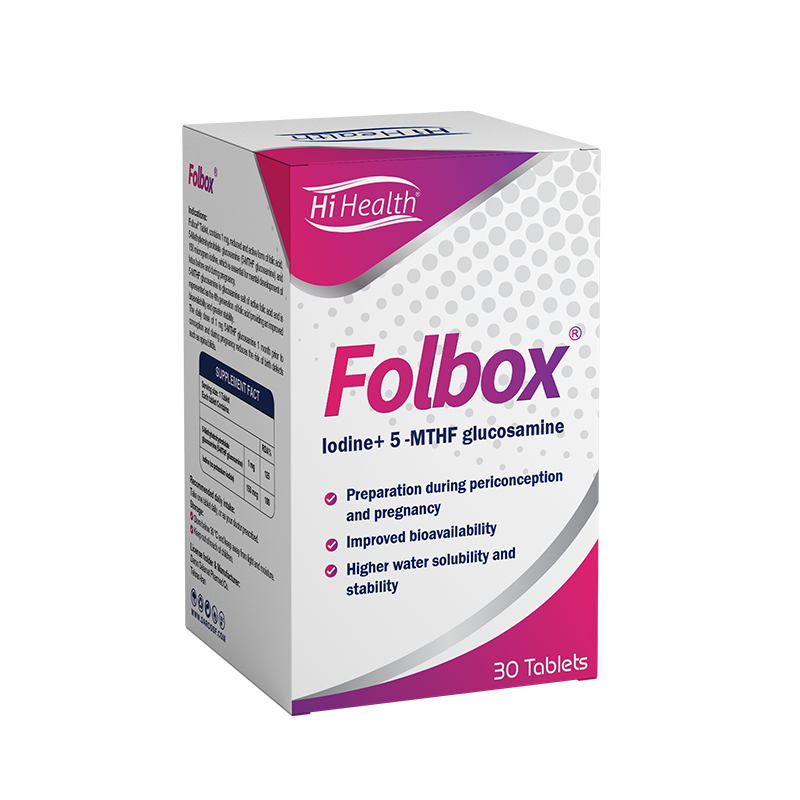
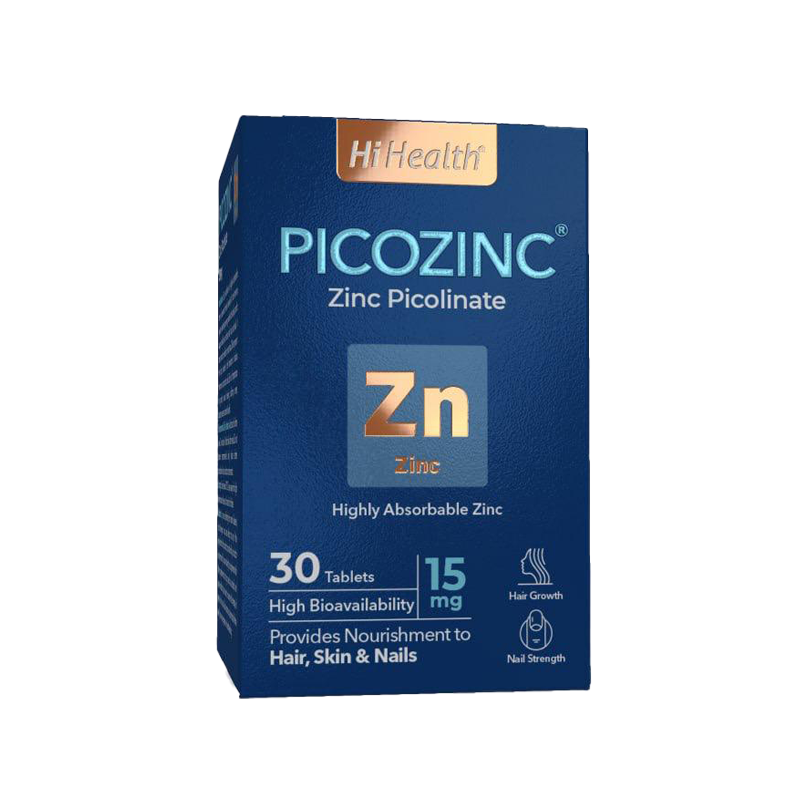
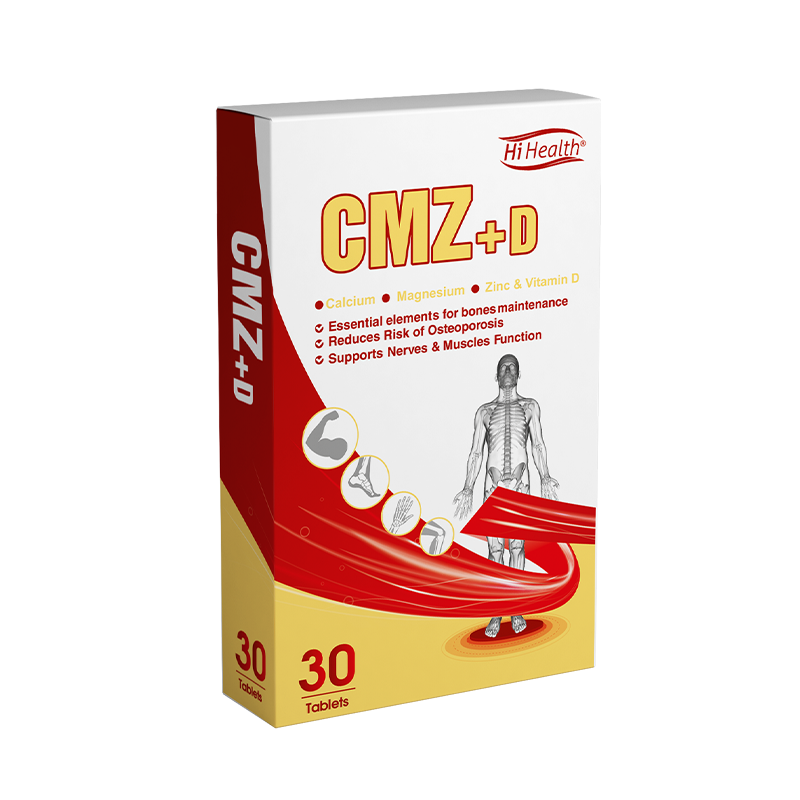

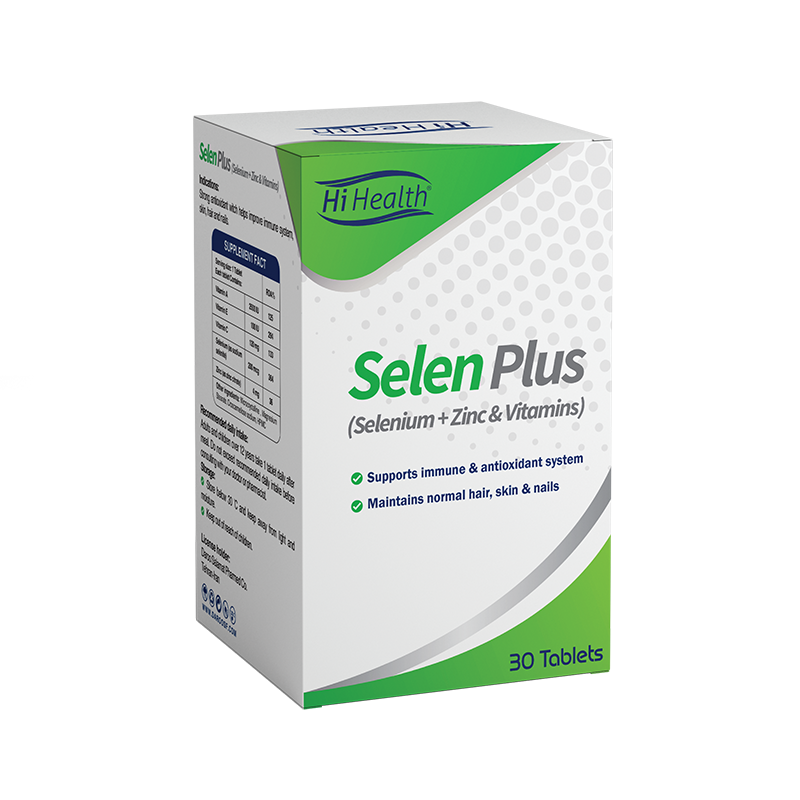

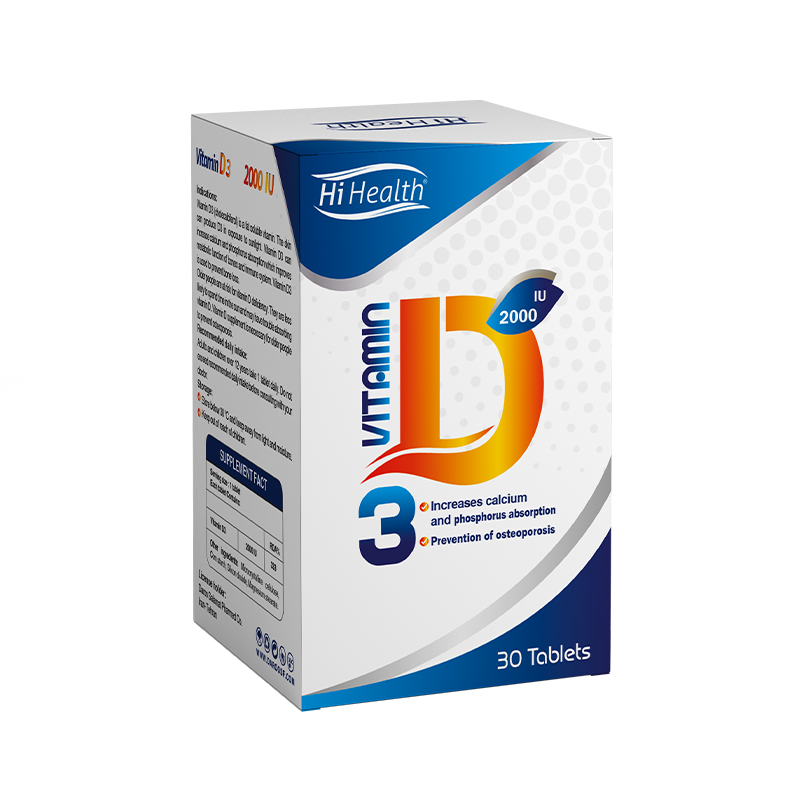
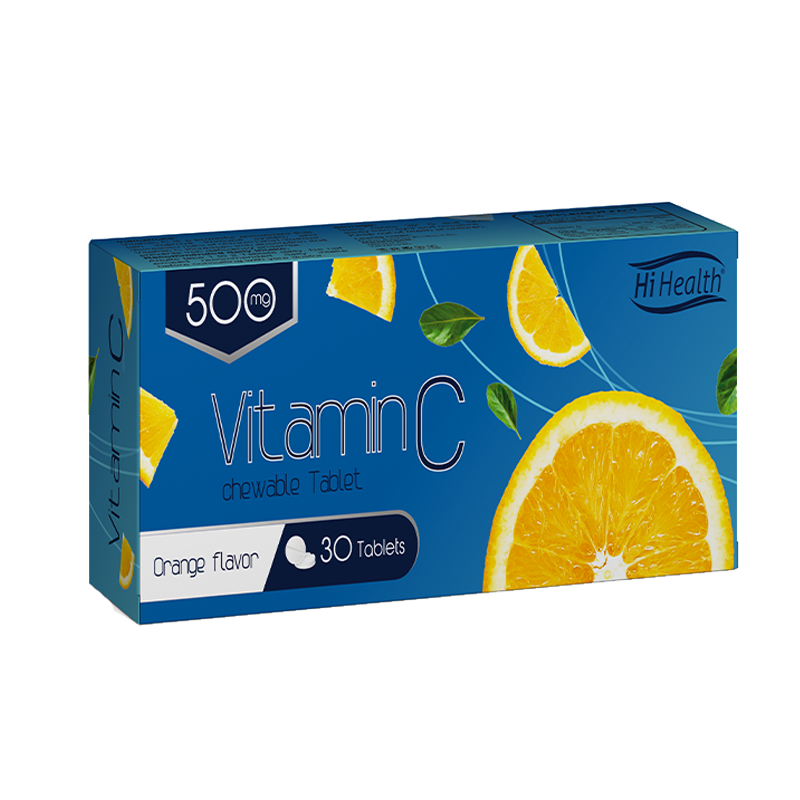
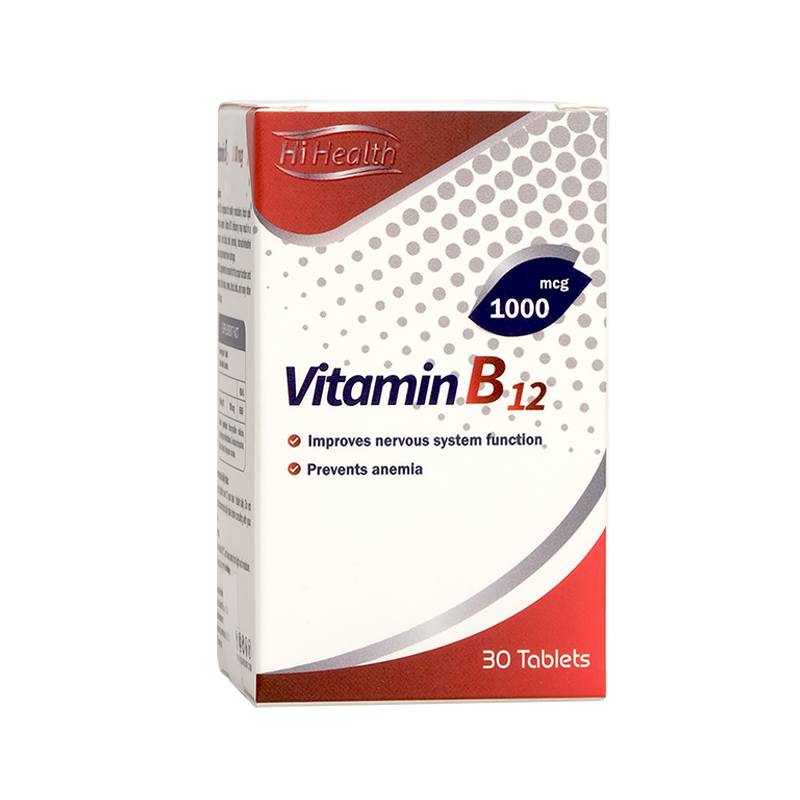
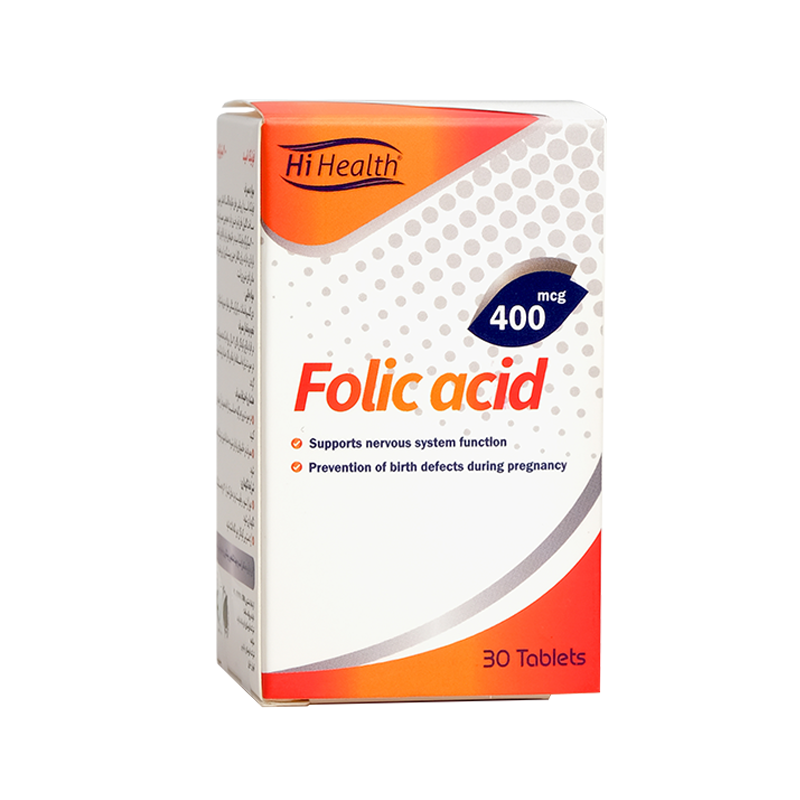
Reviews
There are no reviews yet.